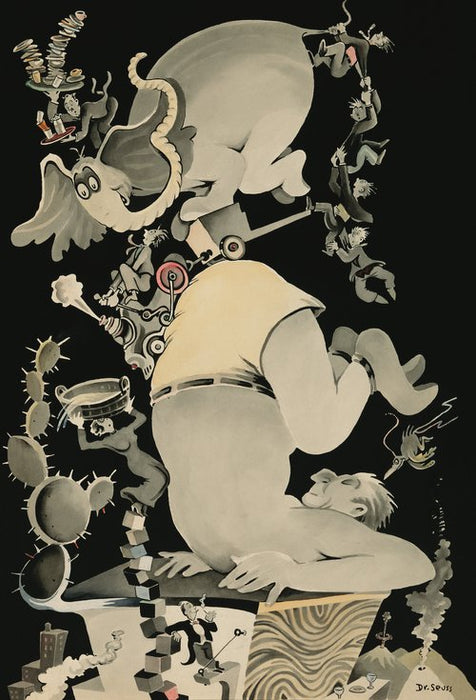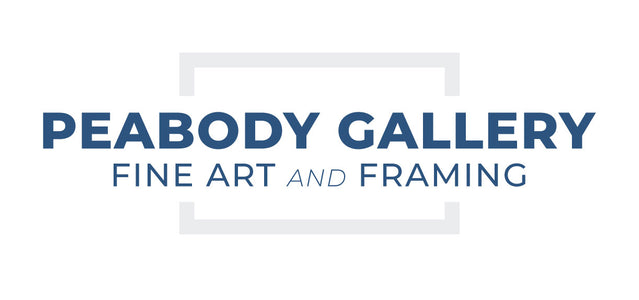
The Balance of Trade
Click to view image and pricing
Call 650-322-2200 for pricing
Dimensions: 36" x 24 1/2"
Medium: Mixed-Media Pigment Print on Archival Canvas
Edition Size: 850
Availability: Available
Year of Release: 2025
CLICK HERE for a complete overview of this artwork.
We often find ourselves balancing all life has to offer, juggling between our personal and professional lives, between our drive for success and our desire for serenity. The trick, as Dr. Seuss shows us here, is to get the balance right.
Harmony is a Balancing Act
A life falling in to place requires a delicate effort. From career to romance to everything in between, as we figure our way through… we learn a thing or two about balance.
Ted Geisel, aka Dr. Seuss, understood that life is a continual balancing act. He learned early in his career the importance of keeping the plates spinning, the cups balanced, and the scales tipped just right.
In Moments of Transition...Balance is Key
Around the time this painting was created, Ted was in the midst of a transition. He had staked his claim as a successful editorial cartoonist and highly sought-after ad man. That success afforded him more creative freedom then most during the Great Depression and Ted took full advantage.
He had been shopping his first children’s book and just landed a deal to publish “And To Think That I Saw It On Mulberry St” with Vanguard Press. But success was far from guaranteed, and Ted had to balance between the advertising and editorial work he had been doing with the dream of being a successful author.
Deciphering the Painting
Ted’s painting appeared in Stage Magazine in 1937 under the headline, The Phantom of the El Morocco. It was a fantastical, surrealist story Ted had written about the dizzying, late-night experiences at the El Morocco. In the painting we see the many links to this famed club and a nod to the culture of the time:
-
The zebra striped booths that were the famous visual icon of the club
-
The waiters balancing plates and glasses
-
The famous El Morocco maître de with his signature tuxedo (he was both host and gatekeeper into this famed world)
-
And finally the shirtless central figure balancing all of this on his back…
It is unclear if this central character in the artwork is the El Morocco owner John Perona (featured below), or possibly a self-portrait of Ted who was balancing so many things himself at that time. Both men would do anything for those who supported him along the way, figuratively giving “the shirt off their backs,” while each was juggling an exorbitant amount of responsibility.
Balancing Life at the El Morocco
New York in the late 1930’s was a confluence of many forces – prohibition had ended, the jazz age had given rise to an improvisational culture of music clubs, and in the midst of the Great Depression, the Art Deco movement was hinting at a bold future. Art Deco icons such as The Empire State and Chrysler Buildings were completed at the start of the decade and the Rockefeller Center’s gleaming new complex opened in 1939.
Amidst all of this was the famed club, The El Morocco. Celebrities of all stature congregated in owner John Perona’s zebra striped booths to drink, dance, and find balance in the midst of challenging economic times. Ted Geisel was there to absorb it all.
